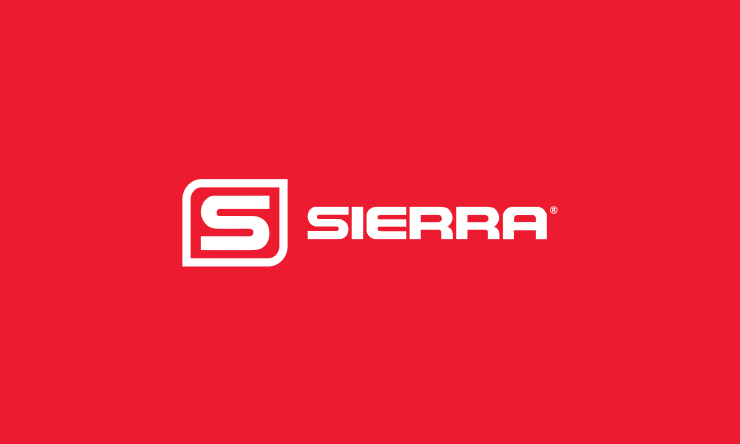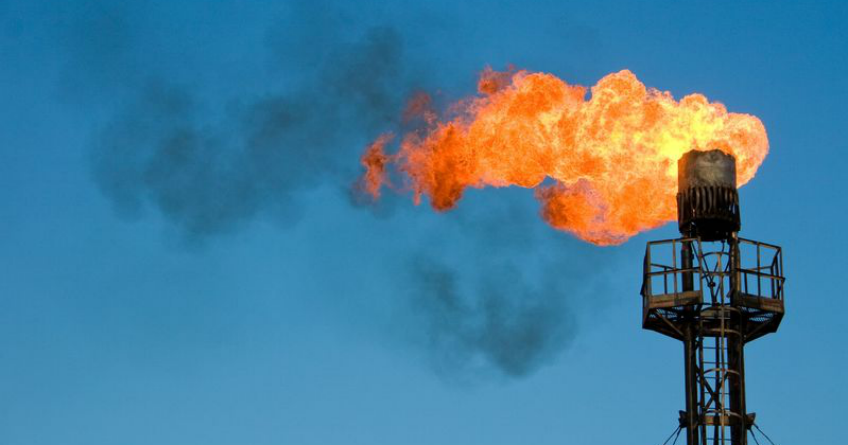
How to Reduce Methane Emissions with Thermal Mass Flow Meters

Thermal mass flow meters help oil and gas companies comply with EPA emissions regulations.[/caption] The flare gas discussion is heating up again. According to the Bureau of Land Management (BLM), U.S. oil production is at an all-time high, and so are the harmful methane emissions from leaks, flaring and venting. U.S. Secretary of the Interior Sally Jewell has proposed to update 30-year-old regulations in order to reduce the excess release of natural gas into the atmosphere from oil and gas operations on public and American Indian lands.
So what does this mean for thermal mass flow companies in flare gas measurement applications? We have been working with oil and gas companies for the last several years to comply with EPA CFR 40 part 98 requirements, the so-called "Quad-O" regulations. This new proposal drives a mandate to cut the methane emissions from the oil and gas sector, particularly venting, flaring and leaking, by 40-45 percent from 2012 levels by 2025. While many oil and gas companies are contracting due to the historically low cost of oil, senior management is finally starting to take inventory of the liabilities that non-compliance exposes them to and make long-term investments in flow instrumentation measurement to accurately report methane emissions.
While thermal flow meters have not always been the optimal choice for oil and gas companies, new innovations make thermal flow meters a very economical and viable solution for companies seeking to comply with EPA CFR 40 part 98 requirements, as well as these new regulations coming down the pipeline.
Thermal Flow Meters Can Meet EPA Regs
Sierra’s QuadraTherm 640i thermal mass flow meters, with new easy-to-install, "plug-and-play" functionality, featuring thermal dispersion technology can meets or exceeds EPA CFR 40.
Sierra's solutions:
- Include new patented dry sensor technology that has a lifetime warranty versus the typical wet sensor design requiring annual off-site calibration
- Ensure zero drift on the sensor, reducing the cost of ownership tied to repeated calibration practices with other meter solutions
- Do not require expensive meter run construction required by standard measurement devices; deployment requires only a small 1” weld-o-let
- Mean changes in gas composition and line size are not a barrier
- Accurately measure Pilot light flow to maximum measurement potential
Want to find out how you can meet EPA CFR 40 standards? Contact Sierra today for your solution.
 Go to Autotest Division >
Go to Autotest Division >